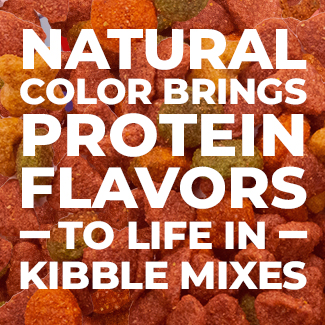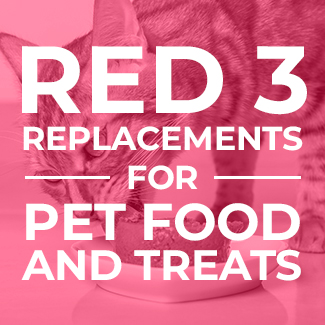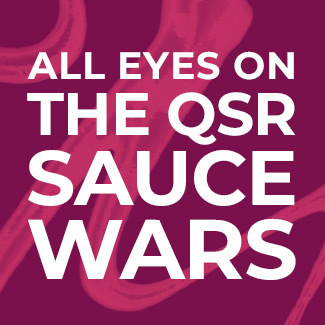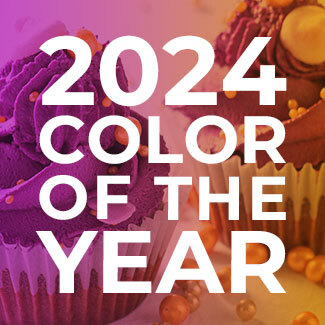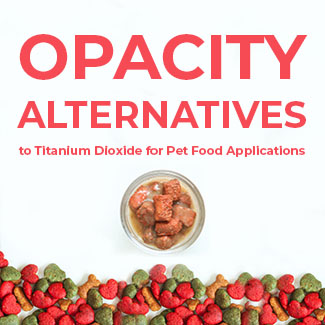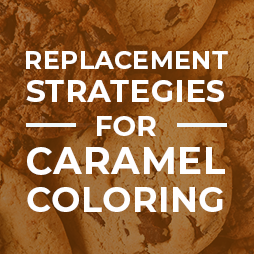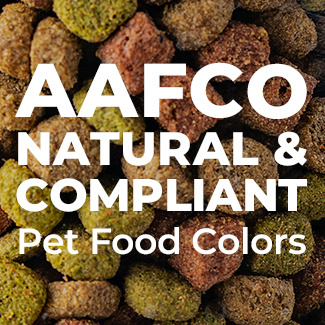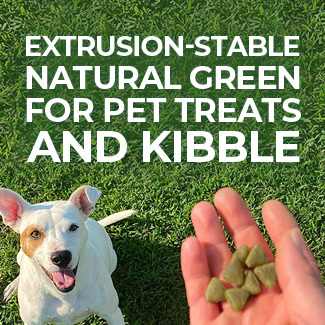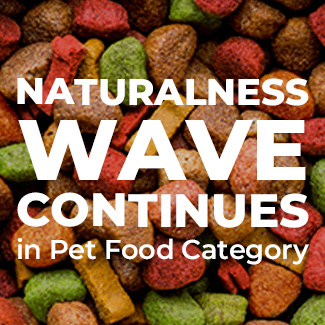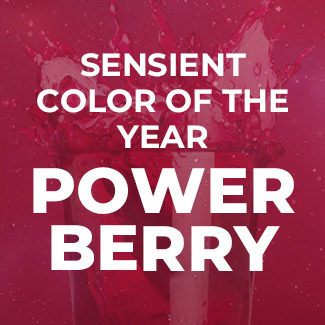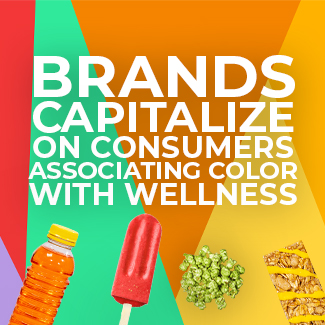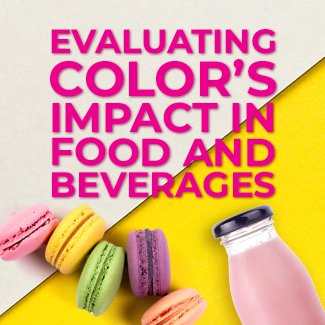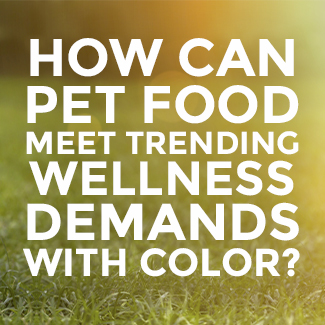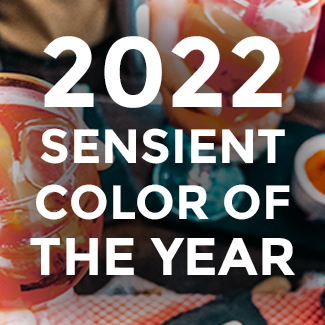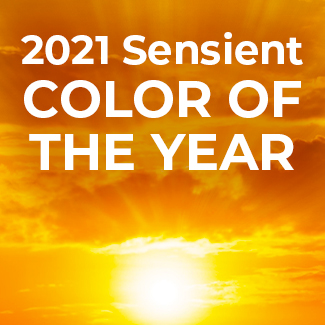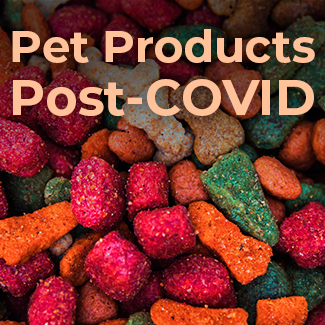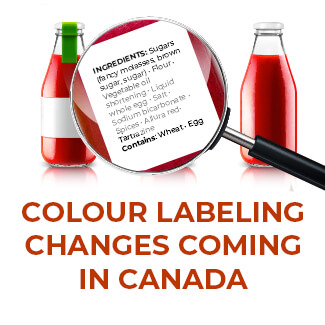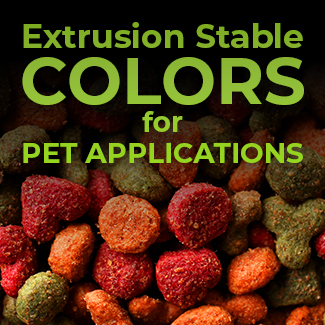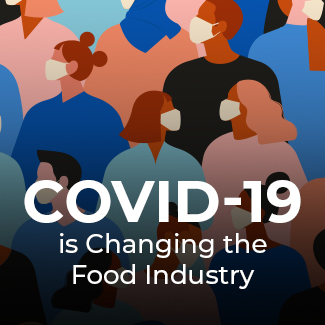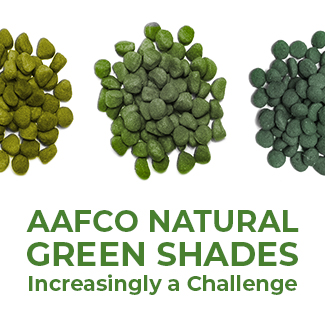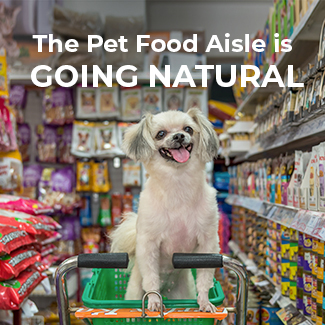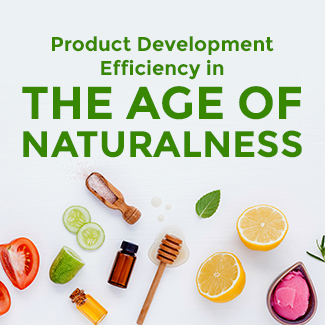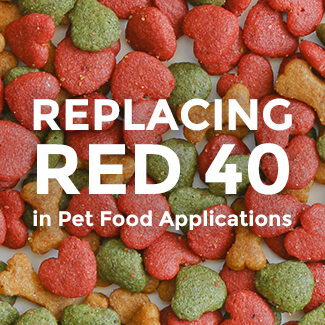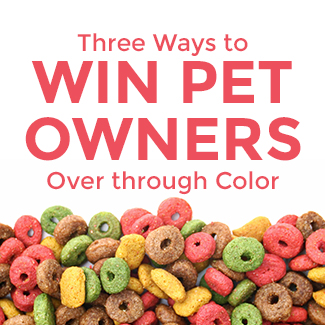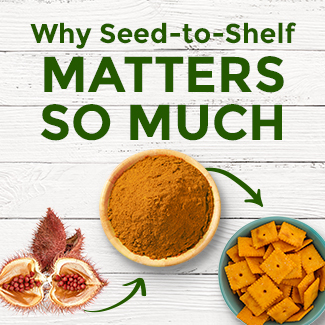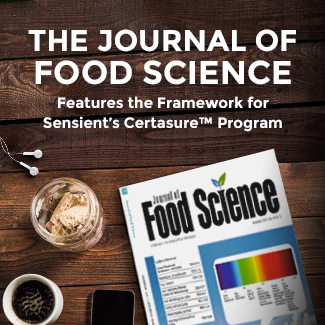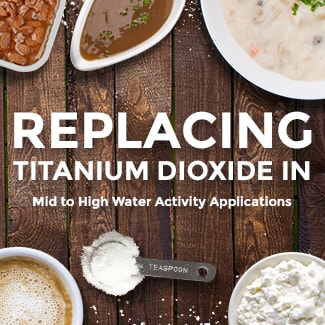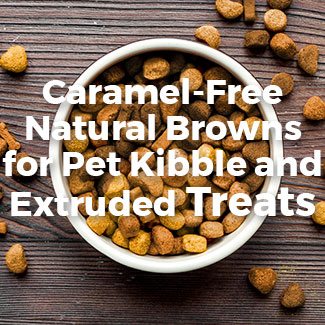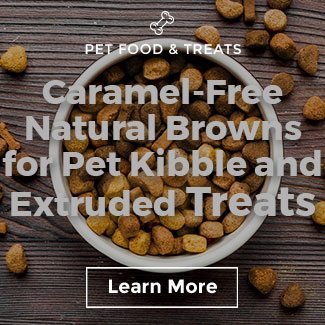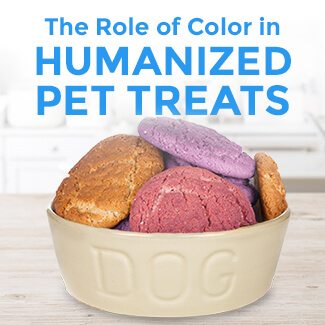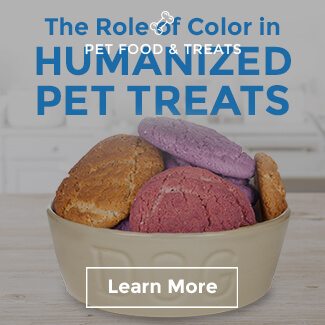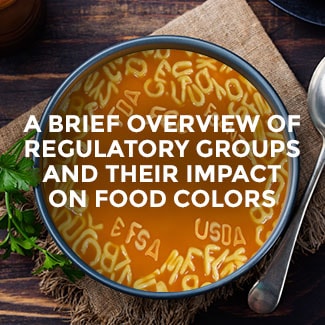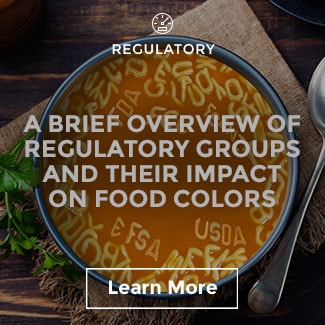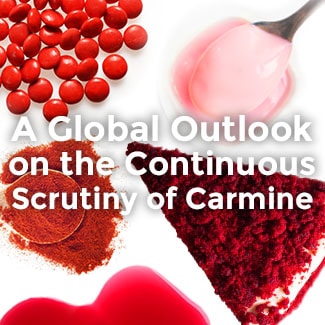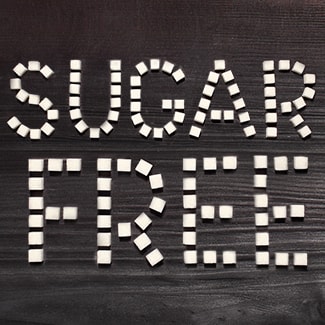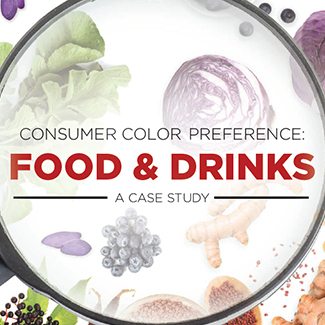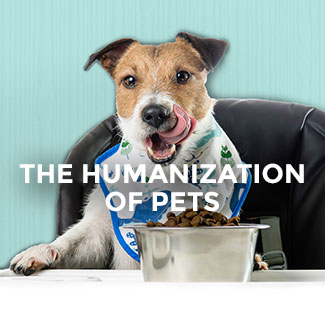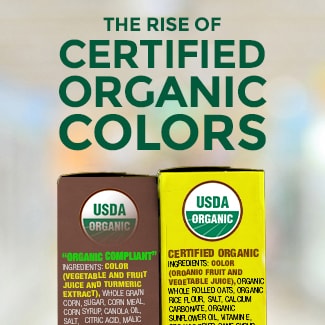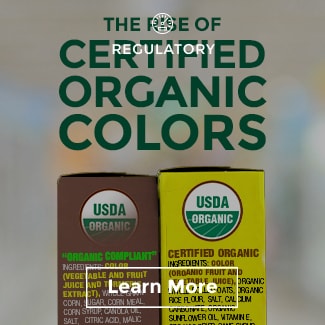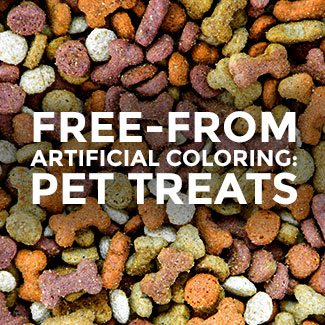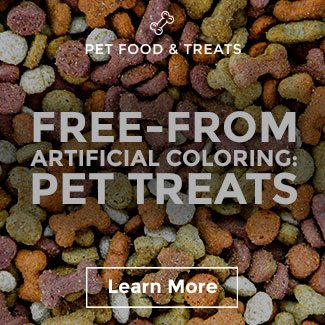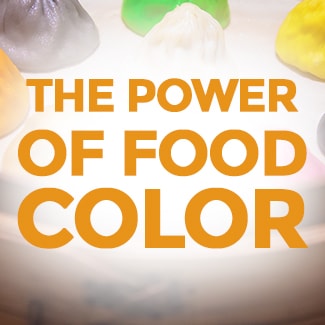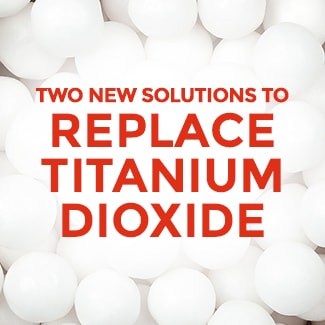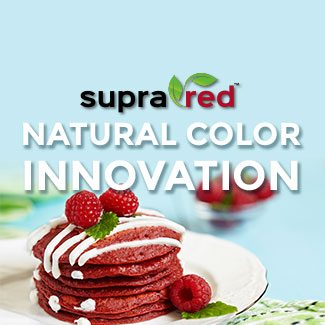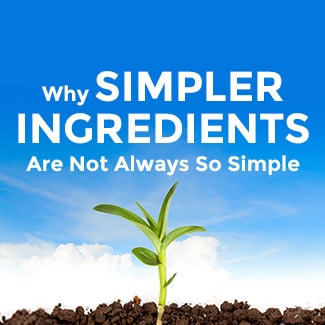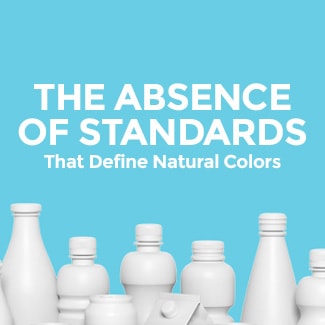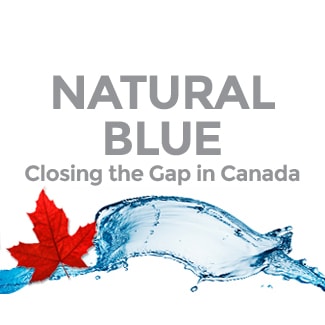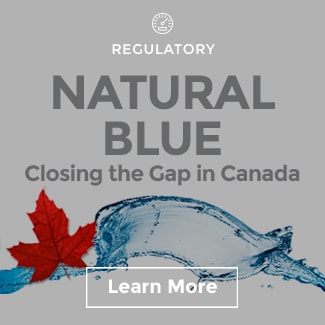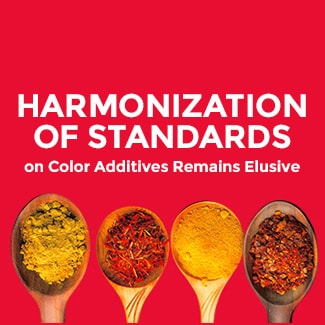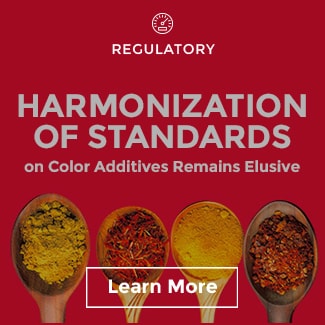Three Ways to Use Color in Kibble
Color Impacts Consumer Preference for Kibble
While most consumers don’t taste their pets’ food themselves, it is important to them that it be delicious. Because they don’t eat it, pet owners rely on visuals and packaging claims to draw conclusions about kibble taste and appeal.
Sensient’s quantitative research study investigated the impact of color on consumer preference and purchasing decisions for kibble. Shoppers consistently reported a preference and higher purchase interest for more colorful kibble options over monochrome visuals. Most pet shoppers preferred the most vibrant kibble selection for all four positioning claims tested: superior nutrition, better taste, best value, and most natural.


These results aligns with academic research published by the Kansas State University Consumer Research Center, which concluded that consumers prefer colorful pet products. Even though many pets rely primarily on their olfactory senses rather than their eyesight, humans spend money, not pets—make sure your products appeal to shoppers.
It’s important to ensure that you’re appealing to the right customers as well. Consumers that shop at pet specialty stores preferred more muted tones, particularly for naturalness claims. These “specialty shoppers” did not favor the brightest options for any positioning claim, selecting instead visuals leaning on meaty red and brown hues. Mintel data shows that natural claims in pet food launches have increased +22% since 2019.
92% of pet food launches with color in 2022 contained colors from natural sources.
Mintel 2023, North America
Brands have many options for identifying natural color use in their products to catch shoppers’ attention. Here are a few currently on the market in the pet aisle:
-
Added Colors from Natural Sources
-
Colored by Natural Ingredients
-
No Red 40 Fillers
-
No Artificial FD&C Colors
-
No Artificial Preservatives, Flavors, or Colors
A rainbow of natural colors is available to pet food developers to create these colorful kibbles and treats, which you can learn about here. More importantly, we know that safety is top of mind for consumers and brands alike, no matter how delicious a product looks. That’s why we created Certasure™, an above-and-beyond global food safety program. Certasure™ ensures that our customers can rest easy knowing that every botanical color purchased from Sensient has been carefully inspected and tested to the strictest safety standards.
Making Color Work for You:
How to Leverage Color Successfully in Kibble
Color can be used in so many different ways, but here are three of the most popular and effective ways we’re seeing pet brands differentiate:

#1 – High Protein
Darker, more saturated colors in the red and brown family can convey increased protein content in different kibble pieces, such as superbits.
Some kibble uses different shaped or sized pieces in addition to a contrasting color to emphasize protein content. When pet owners see these differently-colored pieces standing out from the rest of the bowl, they are reassured that the protein claimed on-pack is present in the kibble. The visual cue helps reinforce those claims and help consumers identify diet and flavor components for each formula.
Dark reds and browns visually communicate meat content or ingredients compared to lighter colors, even other shades of brown, that may communicate grains or other components in the bowl.
#2 – A Well-Balanced Bowl
Leverage natural colors to visually demonstrate strong wellness and nutrition front-of-pack claims.
As humans seek to balance their plates with a colorful helping of protein, starch, and fruits or vegetables, they often look for their pets’ food to contain the same variety. Color can highlight ingredients that then correlate to the different pieces of kibble in the mix: orange for carrots, red for meat, yellow for corn, and green for spinach.
Capturing the same color palette as a health human dinner plate helps make a visual connection with the ingredients. Dry kibble can use that color variety to overcome competition from refrigerated fresh pet foods that have real carrot and green particulates.


#3 – Seasonal
Launch colorful, holiday-inspired LTOs for incremental sales and positive brand awareness.
Every holiday is a gift-giving event and growing innovation opportunity.
Color is a great way to connect pet treats especially with seasons, holidays, or themes. Pet owners want to include their pets in every aspect of life and feel like they’re part of the family—and the whole family can celebrate together. In some cases, color is all a brand needs to differentiate from a standard offering without altering the entire production process or formula, like pink and red for Valentine’s Day or green for St. Patrick’s Day. A product can also have flavors complimented by the seasonal color, like a pumpkin treat, while some even choose an iconic shape like a snowman or a tree to pair with holiday red and green colors.
Color can also be used to connect with iconic licensing or characters from media. We’ve seen Barbie pink all over the world this year—color can sometimes be all it takes to help shoppers make a connection.
Whatever your project, we’re here to help. Get your questions answered or fast samples shipped to your bench today!





